Many people hide their struggles. Studies show nearly 14% of Canadians face trauma that affects their daily life. I’ve been there too. I want to help you find the signs of unresolved trauma and start healing.

Edit
Full screen
Delete
Signs of Unresolved Trauma and How to Overcome It
Why is this important? Trauma changes how we think, feel, and connect. With 1 in 5 Canadians affected, talking about signs of unresolved trauma is key for all of us.
Key Takeaways
- 14% of Canadians experience unresolved trauma symptoms
- Common signs of unresolved trauma include avoidance, mood swings, and sleep issues
- Healing starts with recognizing emotional and physical patterns
- Canada’s mental health resources offer accessible support
- Recovery involves daily practices and professional guidance
My Personal Introduction to Trauma Recovery
My journey with overcoming trauma started when I was a kid. Family fights and sudden losses changed how I saw strength. Keeping quiet about these was hard, but telling my story helped me heal.
My Early Experiences
As a child, I learned to hide my feelings. Unstable times felt usual until they hurt my relationships and self-esteem. I tried to face it alone, but it made the pain worse. I knew I had to change for the better.
Why I Chose to Share My Journey
I talk openly to show others they’re not alone. By sharing, I want to:
- Reduce stigma around mental health
- Highlight the power of vulnerability
- Show recovery is possible
I hope my story gives others the courage to find light in their dark times.
Recognising the Subtle Signs of Trauma
At the start of my Trauma Recovery journey, I found out trauma hides in small moments. These signs might seem like tiny quirks but they point to deeper healing. Here’s what to look out for:
- Emotional numbness: Feeling “checked out” during joyful moments or conversations.
- Avoidance patterns: Skipping social events or hobbies you once loved “just because.”
- Physical tension: Chronic headaches, clenched jaws, or stomachaches without clear medical cause.
- Mood swings: Reacting strongly to small stressors, like a sudden burst of anger over a minor inconvenience.
These signs aren’t always big—they sneak in quietly. When I first noticed avoiding crowded places, I thought it was just shyness. But now, I see it as a sign to slow down and think. Writing in a journal helped me notice these patterns. Ask yourself: Do these reactions feel too big? Recognizing these signs is the first step to Trauma Recovery.
Small changes are important. If you see these signs, talk about them with someone you trust or a therapist. Your body and mind are trying to tell you something. Listen to them.
Coping Strategies and Daily Practices
Small steps lead to big changes when coping with trauma. I found that daily habits help a lot. They became my safe spots when things got tough.
Mindfulness Techniques
Being in the moment helps me not get stuck in the past. Here’s what I do:
- Minute-by-minute breath awareness
- Body scans to release tension
- Guided meditations using apps like Calm
Journaling Insights
Writing down my thoughts makes things clear. My journaling routine is:
- Daily mood checks with one-word labels
- Writing down three positive moments each day
- Listing fears and then rewriting them as goals
Building a Routine
A regular schedule makes me feel more secure. My days now include:
- Fixed wake-up and bedtime hours
- Short morning stretches to start the day
- Quiet tea time for reflection
Signs of Unresolved Trauma and How to Overcome It
Start by noticing how you feel inside. I used to feel bad for no reason, which was a clue. It showed my mind and body needed healing from trauma.
Identifying Mental Health Signals
Look out for signs like:
- Unexplained mood swings or feeling very tired
- Flashbacks or thoughts that won’t go away
- Not wanting to do things you used to love
These signs are not weaknesses. They mean your body is trying to tell you something. Writing down these feelings helped me see the connection to my past.
Edit
Delete
Recognising Emotional Patterns
Feeling the same way over and over can point to old wounds. For me, getting upset during fights was a pattern from my childhood. Ask yourself:
- Do certain situations make you react in the same way?
- Do you often feel like you’re going to be left alone?
These patterns don’t mean you’re broken. They show where you need to focus on healing from trauma.
It’s not about blaming anyone. It’s about facing the challenges head-on. Small steps like being mindful or talking to friends can help. Remember, the first step to finding peace is to acknowledge your pain.
Therapeutic Approaches and Professional Help
Getting help is a big step towards dealing with trauma symptoms. My own healing path showed me the value of trying different ways to heal. Here are some methods that really helped me.
Traditional Therapy Methods
- Cognitive Behavioral Therapy (CBT) helped me change negative thoughts linked to past trauma.
- Eye Movement Desensitization and Reprocessing (EMDR) sessions eased my anxiety with eye movements.
- Talk therapy with licensed counselors gave me safe places to deal with hidden feelings.
Alternative Healing Options
- Art therapy let me show trauma symptoms in a different way, using painting to release stress.
- Yoga and mindfulness classes helped me calm down with grounding techniques.
- Naturopathic consultations helped with physical symptoms like chronic fatigue.
What works for one person might not work for another. I mixed methods to find what worked for me. Don’t be afraid to try different approaches until you find what fits your healing goals.
Coping with Trauma: Strategies That Worked for Me
Learning to heal from trauma took time and patience. Small, consistent actions helped me build resilience over months.

Edit
Full screen
Delete
trauma healing process strategies
Grounding techniques like deep breathing helped me during panic. When triggers hit, focusing on physical sensations helped me stay present. I also made sleep and nutrition priorities, noticing how they supported my emotional balance.
- Boundary-setting: Saying no to overwhelming situations became non-negotiable.
- Art therapy: Drawing or writing without judgment let emotions flow safely.
- Progress journals: Tracking small wins, like a calm day, reminded me of my growth.
Replacing self-blame with curiosity was a big shift for me. Instead of blaming myself, I asked, “What does my body need now?” This mindset helped me approach setbacks differently. Sharing my story with trusted friends, in manageable pieces, also eased isolation. The Trauma Healing Process isn’t linear, but these tools were my anchor. They’re not perfect solutions—just steps toward rebuilding control. Everyone’s path differs, but starting with what feels doable today is where progress begins.
Building a Supportive Environment for Healing
A safe space with loved ones and peers helps heal from Trauma. My journey to better Mental Health needed connections. These connections offered understanding and patience.
Family and Friends Support
My family started asking, “How can I help today?” instead of guessing. Their support was:
- Learning about Trauma effects
- Encouraging open conversations
- Respecting my boundaries
Peer Support Groups
Being in groups like the Canadian Mental Health Association’s trauma circles was helpful. I heard others’ stories. Their struggles gave me hope. The benefits were:
- Reduced feelings of isolation
- Practical advice from peers
- Accountability for small goals
These networks aren’t about fixing pain. They show you’re not alone. Every supportive voice helps lessen the weight of Trauma.
Tracking Progress in My Trauma Healing Process
It’s hard to measure growth in trauma recovery, but it’s key. I started by setting simple goals. I noted how I reacted to triggers and celebrated calm moments. This showed me patterns and helped me adjust my Trauma Treatment Options.

Edit
Full screen
Delete
trauma treatment progress tracking
I use three tools to track my journey. I keep a weekly mood journal, have therapy check-ins, and log my physical activity. Writing down my thoughts each night shows progress over time. For example, noticing fewer panic attacks during stressful events became a big win.
- Journaling daily: Tracks emotional shifts and identifies recurring challenges.
- Therapy feedback loops: Discussing progress with my counselor every four weeks to refine strategies.
- Physical health markers: Sleep quality and energy levels often mirror mental state improvements.
Adjusting my approach based on these insights kept me motivated. One big change was switching from group to one-on-one therapy. I only noticed this by reviewing my journal. Small wins, like cooking a meal without anxiety, showed my Trauma Treatment Options were effective.
Progress isn’t always straight, but tracking helps avoid feeling stuck. Sharing this journey, I hope it helps others see small improvements can make a big difference. It’s not about being perfect—it’s about seeing how far you’ve come.
Embracing a Holistic Approach to Trauma Treatment
Recovering from trauma isn’t about quick fixes. It’s about nurturing every part of yourself. Here’s how I balanced lifestyle, mental health, and spirituality to build lasting healing.
Small changes in daily habits made a big difference. I started with lifestyle adjustments like regular exercise and better sleep routines. Eating nourishing foods and avoiding stress triggers became non-negotiable steps toward stability.
The mind-body connection taught me to listen to my body. Yoga sessions eased tension I didn’t even know I carried. Breathing exercises before bed calmed racing thoughts, proving physical and mental health are deeply linked.
Spiritual practices added another layer. Walking in nature, journaling with intention, and mindfulness meditation created space for inner peace. These rituals weren’t about religion—they were about reconnecting with my core values and sense of purpose.
- Move your body daily—even a 10-minute walk helps.
- Try mindful breathing when stress rises.
- Explore what feels meaningful—art, prayer, or quiet reflection.
Combining these steps showed me healing isn’t linear. It’s a tapestry of small, consistent efforts that build resilience over time.
Conclusion
My journey with unresolved trauma showed me healing is possible. I used mindfulness, journaling, and therapy to learn. These tools helped me see my emotional patterns and build healthy routines.
Healing isn’t about forgetting the past. It’s about moving forward with tools to handle triggers. It’s about learning to trust myself again.
Getting support from loved ones and joining groups was key. Therapies like CBT and EMDR helped my mind and body. Exercise and meditation also made a big difference.
Keeping a journal helped me see how far I’ve come. Even on hard days, I could see my progress.
If you’re on your own healing journey, remember: every step counts. Seek help from mental health professionals and lean on your support network. Don’t forget to take care of yourself.
Trauma recovery is a personal journey, but you’re not alone. Canada has mental health hotlines and online communities to help. Every day is a chance to heal and take back your well-being.
FAQ
What are the signs of unresolved trauma?
Signs include feeling very anxious or numb. You might find it hard to connect with others. Nightmares can also be a sign.
How can I begin to overcome trauma on my own?
Start by trying mindfulness and journaling. These can help you feel clearer and stronger. They are good first steps towards healing.
What role does therapy play in trauma recovery?
Therapy is very helpful. It offers professional help. This can include many ways to deal with trauma.
How can I support a friend who is dealing with trauma?
Be patient and listen well. Don’t judge them. Encourage them to get help if they need it. This support is very important.
What are some effective coping strategies for daily life?
Good strategies include having routines and practicing mindfulness. Journaling can also help. These methods help me deal with tough emotions.
Can unresolved trauma affect my physical health?
Yes, it can. You might feel tired, have headaches, or stomach problems. It’s important to see how our minds and bodies are connected.
How do I track my progress in trauma healing?
Set small goals and check how you’re feeling often. Celebrating small wins can help keep you motivated. It shows you’re moving forward.
What holistic approaches can I incorporate in my healing process?
Try changing your lifestyle. This means eating well, exercising, and adding spiritual practices. These can help your mind and heart heal together.





